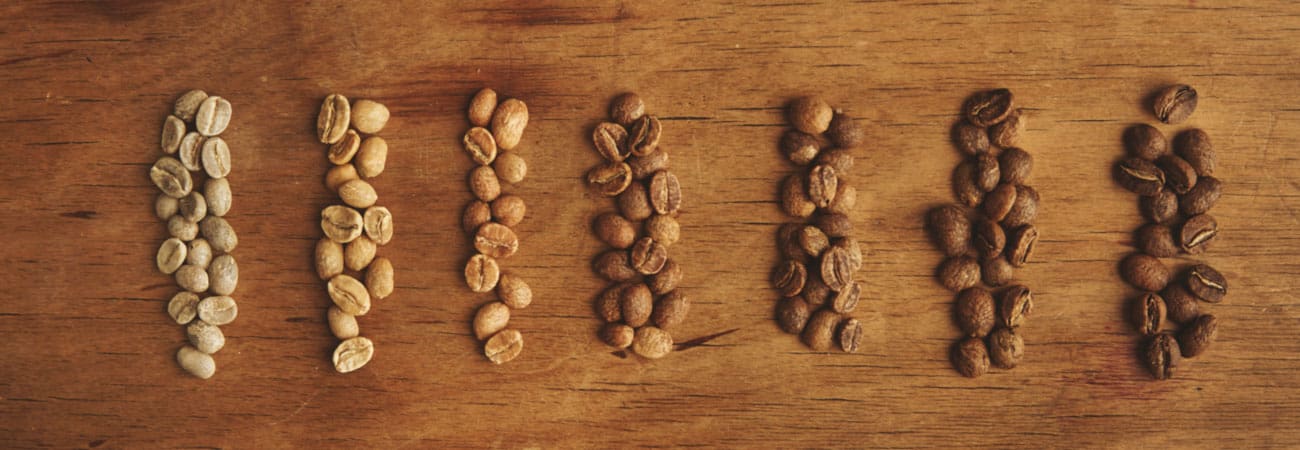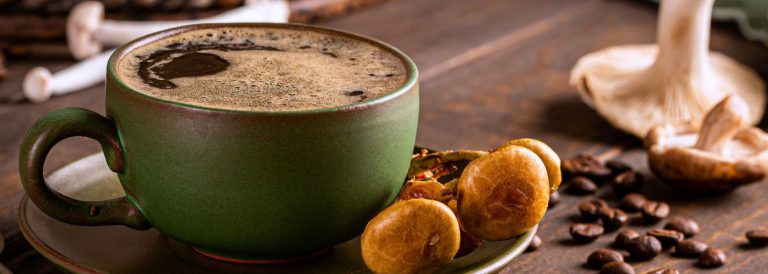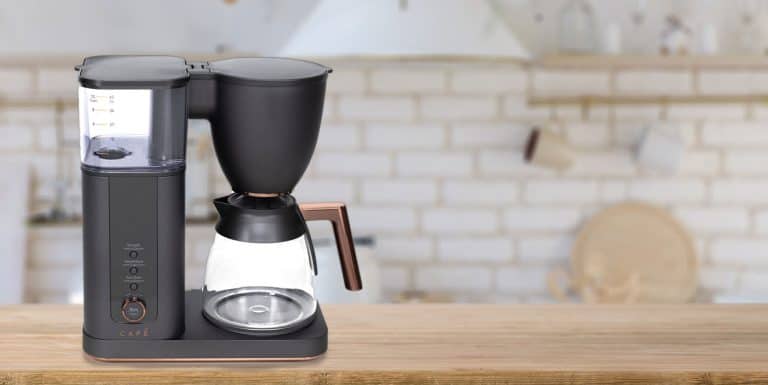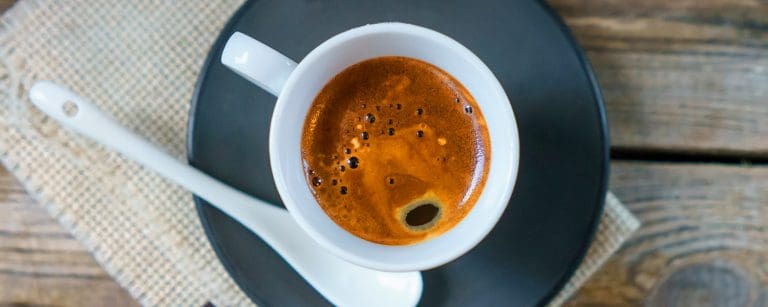14 Coffee Roast Levels – Explore the Different Degrees From Cinnamon to Italian Roast
When it comes to roast levels, most coffee drinkers would only think of the main degrees:
- light,
- medium, and
- dark.
But you’ve probably heard or read other terms that refer to more specific roast levels like City, Half City, and Cinnamon thrown around, especially by specialty coffee roasters, causing you confusion when you just want to get your cup of coffee done right.
In this article, I’ll clear these things up as I discuss the different degrees of roast. After reading through this guide to specific coffee roast levels, you’ll know which roast expressly will best suit your taste as you prepare your next morning brew.
Degrees of Roast
The roast level is crucial because the roasting process determines how much of the natural flavors of the coffee bean actually make it into your cup. After being a green coffee bean, it’s roasted in three different degrees: light, medium, and dark. Each type of coffee roast has several named varieties based on increasing roast times and temperatures.
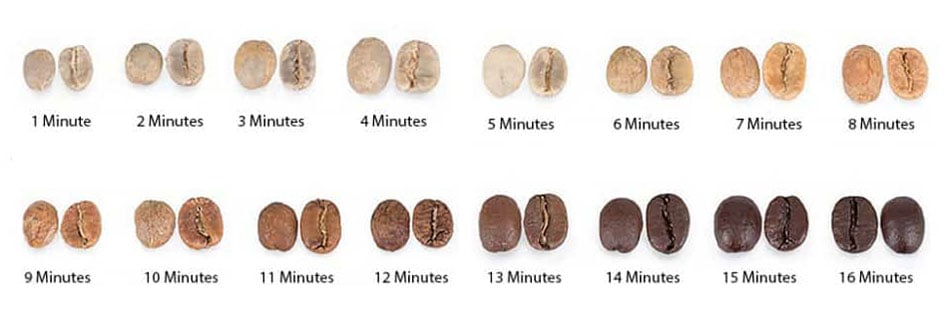
Lighter roasts tend to preserve more of the original bean’s characteristics while darker ones develop unique notes such as smoky or chocolatey overtones.
Additionally, lighter roasts have slightly higher levels of caffeine per volume than dark roasts. The type of roast also affects how acidic or bitter your coffee tastes – two attributes that many drinkers either love or hate (or both).
If you’re ready to get deeper into the different degrees of roast beyond the main levels, I’ve listed the 14 kinds of coffee roasts you have to know about, with detailed descriptions of each following.
| Roast Name | Roast Profile | Roast Temperature | Description |
|---|---|---|---|
| Cinnamon Roast | Light | 350°F | Light, brown, cinnamon color |
| Blonde Roast | Light | 350°F – 375°F | Natural sweetness, light body |
| Light City / New England | Light | 375°F – 400°F | Flavorful, low bitterness |
| Half City Roast | Light | 401°F | Tangy, fruity, high caffeine |
| American Roast | Medium | 410°F | Balanced, clear notes |
| City Roast | Medium | 415°F | Moderate body, citrusy, smooth |
| Full City Roast | Medium | 425°F | Toasted nuts, dark fruits |
| Continental Roast | Dark | 440°F | Smoky caramel, not too heavy |
| High Roast | Dark | 445°F | Intense smoky, nearly burnt |
| Viennese Roast | Dark | 445°F – 450°F | Chocolatey, bittersweet |
| French/Espresso Roast | Dark | 465°F – 470°F | Rich body, thick crema, for espresso |
| Italian Roast | Dark | 470°F – 475°F | Pungent, low sweetness, bitter |
| New Orleans Roast | Dark | N/A | Blend of French & Continental |
| European Roast | Dark | ~465°F | Full-bodied, smooth, low acidity |
Light Roast Coffee
Let’s dive into the first degree of roast: light roasts. These are typically roasted for a shorter period at lower temperatures and represent some of the most delicate flavors that coffee has to offer.
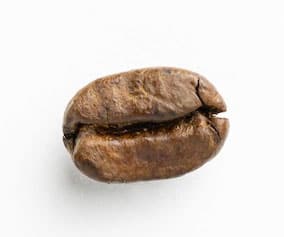
Cinnamon Roast (350°F)
This is the lightest roast level you can find with beans still being brown instead of green. At this stage, the bean will have had just enough heat exposure to crack open and allow steam to escape. The cinnamon roast gets its name from its color, which resembles that of a cinnamon stick.
Blonde Roast (350°F – 375°F)
Blonde coffees were recently popularized by Starbucks when the company launched its blonde espresso. The beans are lightly roasted to preserve their natural sweetness while still having some body and depth.
Light City or New England Roast (375°F – 400°F)
Slightly darker than cinnamon roast, the New England roast takes its name from the Northeastern United States where it is said to be a popular choice. If you enjoy great flavor without too much bitterness or acidity like I do, then this is a great option.
Half City Roast (401°F)
The Half City roast provides tinges of tangy coffee cherry taste along with high caffeine content per bean, and allows for a balance between fruity and floral notes without being too sour or acidic. It’s often considered the last of the light roasts before transitioning to medium ones as any temperatures higher than this will produce beans with a darker appearance.
Medium Roast Coffee
As we move up the roast spectrum, let’s take a look at medium roasts. I find that such coffees have a richer and more complex flavor profile.
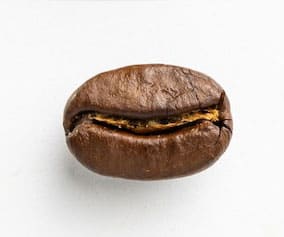
American Roast (410°F)
This is the product of the traditional roasting style of American coffee. It offers a perfect balance between acidity and sweetness without being too intense in either direction. It is characterized by its clear notes and lack of heavy, smoky flavors that are present in darker roasts.
City Roast (415°F)
City Roast, also known as regular roast, is said to originate from the style of roasting done in New York City. It involves roasting beans until they’re on the brink of their second crack but still don’t reach that level yet. The result is coffee with a moderate body (not too thin nor heavy), smooth texture, and pleasant citrusy notes with slight caramelization.
Full City Roast (425°F)
A little darker than city roast, full city refers to beans that have gone through their first crack completely but not into their second while exhibiting chocolate-brown coloration plus oil spots starting to show up on some surface areas. Toasted nuts flavors may come through stronger now along with other bolder hints such as dark fruits or spices like cinnamon.
Dark Roast Coffee
Finally, let’s talk about dark roasts. These coffees are roasted for the longest time and at the highest temperatures to produce a bold and strong flavor profile.
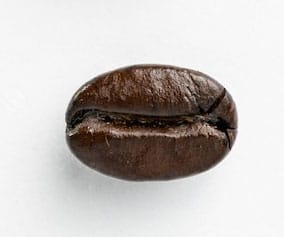
Continental Roast (440°F)
Continental roast strikes the perfect balance between a smoky caramel-like body and the heaviness of darker roasts. For me, this makes it a great after-dinner treat. With less intense yet still complex cup profile, it’s sure to warm your senses yet it won’t keep you up all night.
High Roast (445°F)
High roast is one of the darkest coffee types on this list. The beans will appear dark brown and oily, and the silverskin is almost entirely cooked away. It creates an intense smoky aroma with nearly burnt undertones accompanied by bitterness.
Viennese Roast (445°F – 450°F)
Named after Vienna’s traditional coffee-brewing style, this type produces beans that have experienced their second crack in full force yet still retain some of their natural flavors. The result is coffee with less acidity but chocolatey notes being prominent along with slight hints of caramelization leading to a bittersweet taste.
French Roast or Espresso Roast (465°F – 470°F)
French roast involves taking beans beyond their second crack until oil droplets appear on the surface indicating maximum moisture loss out from inside structures while the sugars turn into carbon molecules causing blackening hues overall; rich body plus thick crema makes it the perfect option for espresso shots.
Italian Roast (470°F – 475°F)
This roast level is characterized by deep, dark beans that give off a pungent smoke smell and lack the acidity found in lighter or medium roasts. There will be little sweetness left behind, giving way to intensely bitter overtones, making it ideal for those who prefer stronger and sharper tastes. Whenever I seek a delicious drink that can really keep me alert, I opt for an Italian roast.
New Orleans Roast
The New Orleans roast got its name from the region where it gained its popularity. While it doesn’t really refer to an exact degree of doneness, it is the perfect blend for those looking for something in between a French and Continental dark roast. Not only does it have all the flavor of traditional dark coffee without that burnt or bitter taste, but you can get an extra boost with chicory root if you really want to caffeinate like NOLA.
European Roast
European roast, as you might have guessed by now, was named after the place where it received immense popularity: Europe. While it does not have an exact roasting temperature, it is done by around 465°F, making it full-bodied, smooth, and rich in flavor with a low acidity level.
Conclusion
Now I’m sure you feel like a real connoisseur of coffee roasts. With 14 distinct degrees to choose from, it’s easy to find the perfect roast for your taste bud. From light cinnamon and blonde all the way through the high roast and Italian roast – there is something out there for everyone.
I do want to mention that these roast names are not used uniformly among all roasters, so there will be a degree of trial and error involved if you buy your beans from a new roaster. You can even try roasting your own coffee beans at home if you like.
So why not take some time today to explore different varieties in search of achieving cafe perfection every morning? And please, leave a comment on which roast type you love best.

